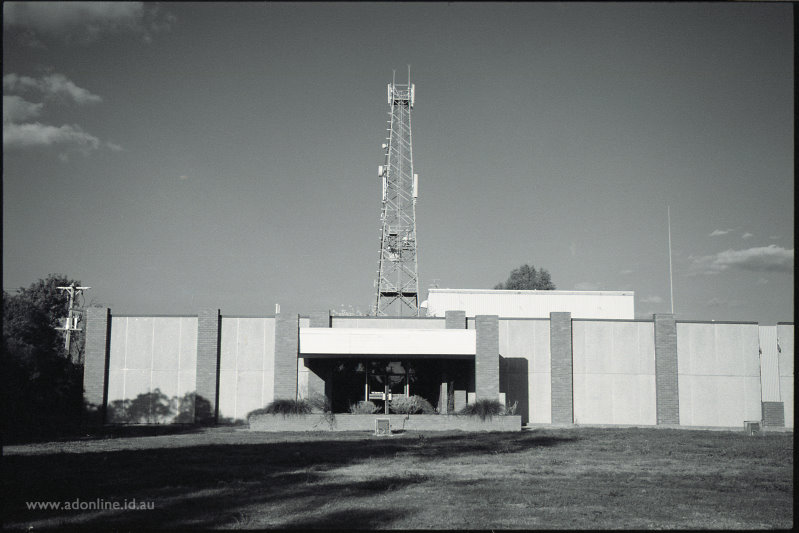Cross-Media Ownership
Australia’s watered-down cross-media ownership rules will inevitably lead to a weakening the already narrow media landscape in Australia.
The Federal Government was recently successful in changing the laws that control whom may own media broadcasters in various markets. The old “2 out of 3” rule, which prevented a single media company from owning both television and radio in the same market or both television and a newspaper in the same market was abolished with the support of One Nation and Nick Xenophon. Likewise, rules that prevented a single broadcaster from attaining television licences that cover more than 75% of the Australian population were also scrapped. In exchange, One Nation was promised an enquiry into the ABC which could be viewed as some sort of bureaucratic revenge from One Nation following an unflattering Four Corners report.
This is a very bad decision, as it will erode media diversity and consolidate control of media in a few powerful hands. The beneficiaries will likely be News Limited (who could theoretically purchase the Ten Network) and Fairfax (who could buy the Nine Network).

Australia’s television landscape was originally established with ‘solus’ markets; that is that every rural district would have one local ABC television station and one local commercial station whilst metropolitan cities would have one local ABC and either two or three commercial stations. In the late 1980’s, television stations were “aggregated” which meant that multiple television stations could broadcast into a market. Whilst this sounded like a good option and indeed gave viewers in those markets more television stations to choose from, local news services and broadcasting were slashed. Local voices became increasingly rare.
Abolition of the “two out of three” rule will diminish those voices further. In addition to television stations gobbling each other up, they will be able to take control of newspapers too. In a nation where News Limited already owns 70% of newspapers, one has to ask whether this is a wise move?
One of the counter-arguments for these changes is that the media landscape has changed considerably, especially now that the internet has allowed a wide range of other media players to stream content to audiences. It could be argued that the dominance of the commercial broadcasters in radio and television is diminished and the decline of newspapers is already well documented.
I think this ignores one of the fundamental truths of the media in 2017: Despite the prevalence of online media, the majority of people still receive the bulk of their news and information from a terrestrial broadcaster, be that radio or television; the ABC or a commercial operator. They may not even realise this. Facebook, Yahoo and Google are merely news aggregators who scoop up news reports from local media. Given this situation, it is unwise to allow media ownership to be further concentrated. If anything, it could be seen as a threat to democracy.
Australia currently has three large metropolitan television networks (Seven, Nine and Ten) which own stations in almost every capital city. They are affiliated with regional networks (Win, Prime, Southern Cross) that own a slew of regional television stations that broadcast nearly identical content as it is. Consolidating these further risks local news bulletins and television production in these markets even if a points system is put in place.
In many markets, the ABC is becoming one of the few remaining local voices on the airwaves and the only media organisation with a genuine interest and commitment to regional and rural broadcasting in television and radio. As wonderful as the ABC is, a dynamic media landscape is preferable where public broadcasting is complimented with local commercial voices that give consumers the greatest amount of choice. After all, isn’t choice the very thing that the modern consumer coverts most?
American commercial television network CBS has recently announced that it will purchase Australia’s struggling Ten Network. This will ensure the continued survival of Ten for now but the long term commercial viability of commercial television remains questionable in a changing media environment.
Both newspapers and commercial television are struggling. This reflects changes in technology and consumer preferences. Altering media ownership laws will do little to delay the inevitable decline of commercial television and print media. Instead, the changes will contribute to the erosion of democracy in Australia through the elimination of more media voices that can scruti
Comments
No comments have yet been submitted. Be the first!